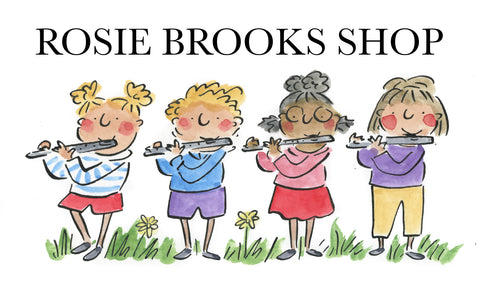Akhnaten original pen and ink and watercolour illustration by Rosie Brooks
Akhnaten original pen and ink and watercolour illustration by Rosie Brooks
Couldn't load pickup availability
"Akhnaten" is an opera composed by Philip Glass in 1983. The opera tells the story of the Egyptian pharaoh Akhnaten and his revolutionary ideas that challenged the traditional religious and political institutions of his time.
Glass's score for "Akhnaten" is characterized by his signature minimalist style, which features repetitive patterns and slowly evolving harmonies. The opera also features an unconventional orchestration, with a large ensemble of strings, woodwinds, brass, and percussion, as well as electronic instruments such as synthesizers and organs.
Since its premiere, "Akhnaten" has been widely regarded as one of Glass's most significant works, and has been performed by major opera companies around the world. The opera's themes of spirituality, revolution, and social change continue to resonate with contemporary audiences.
Act One begins with the funeral of Akhnaten's father, Amenhotep III, and the coronation of Akhnaten as the new pharaoh. Akhnaten's ideas about monotheism and the worship of the sun god Aten are met with resistance from the powerful priests of Amun, who hold significant influence over the royal court. Despite this opposition, Akhnaten declares himself a living god and dissolves the priesthood of Amun.
Act Two explores Akhnaten's personal life, including his relationships with his wife Nefertiti and his two daughters. The act also includes a duet between Akhnaten and Nefertiti, expressing their deep love for one another.
Act Three sees Akhnaten's power wane as his reforms cause social and political instability. A military uprising leads to Akhnaten's downfall, and the final scene shows him in his tomb, reflecting on his legacy and his beliefs.
Throughout the opera, Glass's music features his signature minimalist style, with repetitive patterns and slowly evolving harmonies. The unconventional orchestration includes a large ensemble of strings, woodwinds, brass, and percussion, as well as electronic instruments such as synthesizers and organs.
Overall, "Akhnaten" explores themes of spirituality, revolution, and social change, presenting a compelling portrait of one of ancient Egypt's most intriguing figures.
Characters
-
Akhnaten: The central character of the opera, Akhnaten is the pharaoh of Egypt who introduces radical religious and political reforms during his reign. He is portrayed as a visionary and a revolutionary, but his ideas are met with resistance from the traditional religious establishment.
-
Nefertiti: Akhnaten's wife and queen of Egypt. She supports her husband's reforms and is portrayed as a strong and independent woman.
-
Queen Tye: Akhnaten's mother, who plays a significant role in his ascension to the throne and in his reforms.
-
High Priest of Amon: The chief priest of the traditional Egyptian religion, who opposes Akhnaten's reforms and seeks to maintain the power of the priesthood of Amun.
-
Horemhab: A general who becomes increasingly critical of Akhnaten's reforms and ultimately leads a rebellion against him.
-
Aye: Akhnaten's advisor and confidant, who remains loyal to him throughout the opera.
The opera also features a large ensemble of supporting characters, including members of the court, soldiers, and priests, who represent various factions in the religious and political struggles of the time.
Original illustrations by Rosie Brooks in pen and ink and watercolour.


